
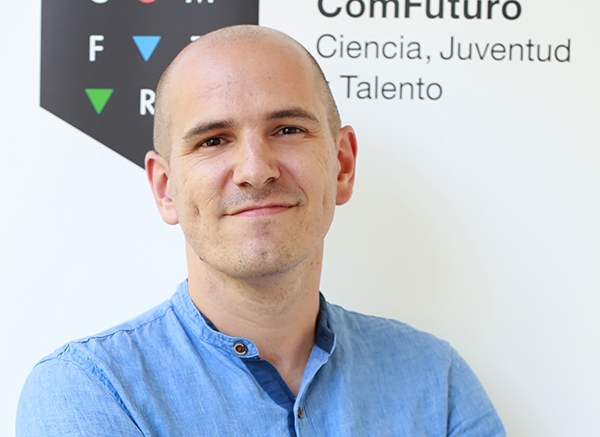
He received his PhD in Chemistry from the Universidad Autónoma de Madrid working in coordination chemistry. He then joined the ICV-CSIC to work on the development of novel ceramics systems with applications in photocatalysis. In 2014 he joined the Department of Chemistry at the University of Bath, UK, focusing his research on the self-assembly of "smart" multimodal imaging probes as new synthetic platform systems for personalised diagnosis and treatment of diseases such as cancer. His current research focuses on new multi-functional nanomaterial systems and their applications in energy, electronic devices and nanomedicine.
Synthesis and processing of nanostructured materials; Coordination chemistry; Semiconductors; Soft chemistry synthesis; Targeted and bio-inspired assembly strategies; Microstructure engineering and functional response characterisation; Biosensor, molecular imaging and drug delivery applications; Electrochemical and photoreactivity studies.
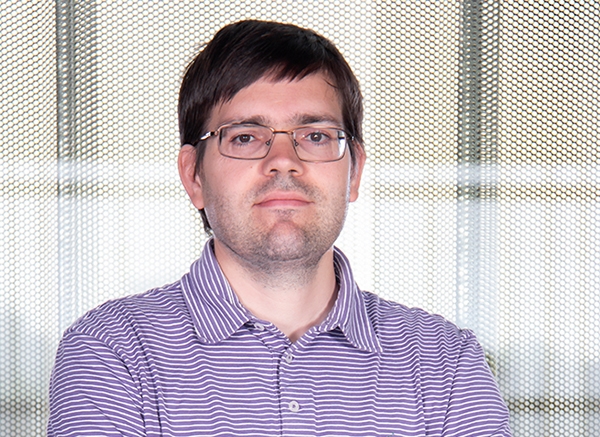
Dr. Javier Carrasco obtained his PhD in 2006 from the Universitat de Barcelona. His Ph.D thesis was devoted to the theoretical description of point defects in metal oxides using ab initio quantum chemistry methods. In 2007 he joined the Theory Department of the Fritz Haber Institute of the Max Planck Society, Berlin, as an Alexander von Humboldt fellow, working in the area of water-metal interfaces using density functional theory. In 2009 he moved to University College London, London, as a Newton International fellow. During this time he focused his research on the molecular-level understanding of ice formation on metal surfaces. Following this, in 2011 he moved to Instituto de Catálisis y Petroleoquímica del Consejo Superior de Investigaciones Científicas, Madrid, as a Ramón y Cajal fellow. Much of his work during this time was centred upon theoretical catalysis for hydrogen production and hydrogenation of hydrocarbons, as well as the application of van de Waals density functionals to molecular adsorption on metal and oxide surfaces. Since September 2013 he leads the Computational Studies group at CIC Energigune. His research aims at understanding important phenomena in surface-, materials-, and nano-science in the power storage field. Using concepts from quantum mechanics, solid state physics, and statistical mechanics, he applies and develops methods and computer simulations to study processes of relevance to energy materials - such as the properties of ion insertion and extraction in electrodes and chemical reactions at surfaces. Rechargeable batteries and fuel cells are major focuses of his work. He is author of 80+ scientific research articles in ISI journals with 4500+ total citations and h-index 35 (SCOPUS, 02/2021). He also serves as Associate Editor for Frontiers in Chemistry and Frontiers in Physics journals.
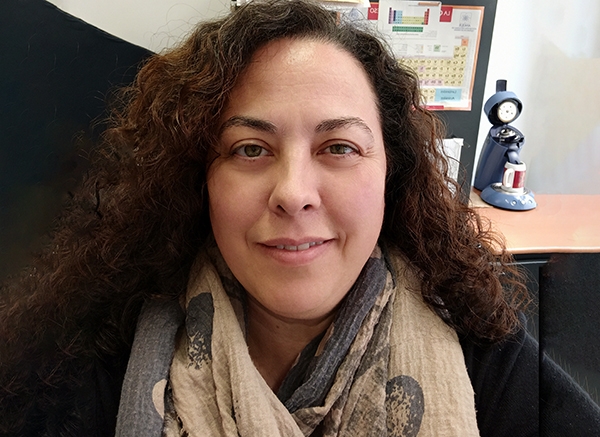
With Degree in Chemistry by University Autónoma of Madrid (UAM, Spain), Eva Chinarro began her research career in 1999, and got the PhD title on Chemistry Science by UAM in 2003. In 2001, enjoyed a Marie Curie Predoctoral fellowship to a stage of 6 months in Dpt. Eng. of Ceramic and Glass of University of Aveiro, Portugal, where she also did her postdoctoral research during 2 years. She is Tenured Scientist of ICV-CSIC since 2008, where has served as Vicedirector from December/2010 to February/2012 and from March/2019-present. Eva has been the Head of the Glass Department from April 2015 to March 2019. During her research career she has worked and acquired a great expertise in synthesis and characterization of materials, mainly with electrochemical properties in the fuel cells, PEMFC and SOFC, field. She has participated in 12 contracts with companies, 32 research projects (8 European); of which is IP of 6 national projects and of 1 international. Co-author of 55 SCI papers, 7 book chapters and more than 20 no SCI publications. She has participated with more than 80 contributions in national and international congress. Co-inventor of 3 patents, 2 of them with PCT. Eva has been teacher, since 2004, of University Master/Doctorate (UIMP-CSIC) in Renewable Energies, Fuel Cells and Hydrogen, and Coordinator on the same, from 2010 to 2018.
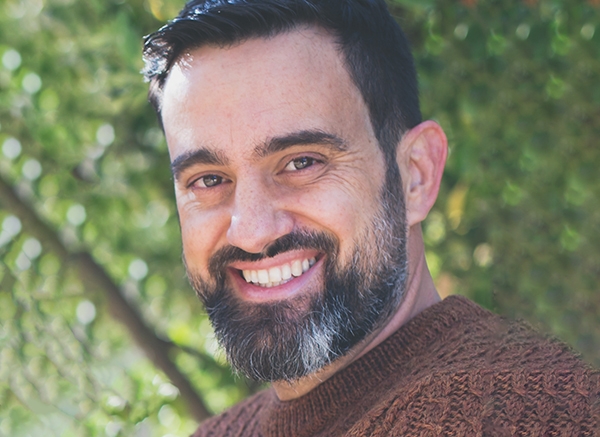
Degree in Chemistry in 2001 and PhD in Science in 2005 (UZ). Associate Research Fellow at Imperial College London from 2006 to 2009. Postdoctoral researcher at INMA since 2009. Distinguished Researcher at INMA (since 2016). Extraordinary Collaborating Professor at the University of Zaragoza since 2011. Invited Professor at the Universidad Metropolitana de Ciencias de la Educación (UMCE, Chile) and at the Universidad Tecnológica de Panamá. Director of 9 final engineering degree projects (UZ, Imperial College), 3 undergraduate projects (U. Bordeaux) and 5 Master´s degree projects (UZ). Participation in 27 research projects funded by competitive concurrence, 7 of them as principal investigator, and 7 industrial contracts. Co-author of a licensed patent and a technology transfer agreement with the multinational Saint-Gobain. Author of two book chapters published by Wiley and the Royal Society of Chemistry, as well as 120 scientific publications (71 of them in indexed journals), including three specialized reviews. H-index = 25 and 2514 citations (Google Scholar). Author of 14 invited lectures. Member of the Editorial board of the journals "Heliyon" (Elsevier), "Coatings" (MDPI) and "Frontiers in Energy Research: Fuel Cells" (Nature Publishing Group).
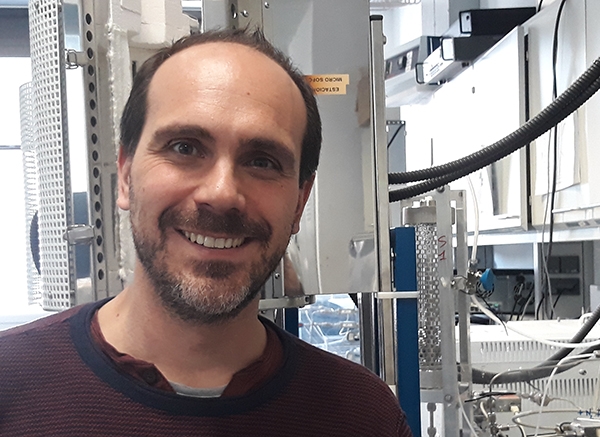
Albert holds M.Sc. and PhD in Physics from the University of Barcelona (2001, 2007) and M. Eng. in Materials Science from the Polytechnic University of Catalonia (2007). He worked as research associate at the IMB-CSIC (ES) and as visiting researcher at the University of Oslo (NO), Imperial College London (UK) and Caltech (USA). In 2010, Albert gained a Ramon y Cajal Fellowship and joined the Catalonia Institute for Energy Research (IREC) as the Head of the Nanoionics and Fuel Cells Group. Currently, he is ICREA Professor at IREC and leads a group of 25+ people devoted to nanomaterials for alternative energy technologies and their applicability in powering portable devices and hydrogen/synthetic fuels production. He has been PI of 10 EU projects, including one ERC-CoG and three coordinated H2020, attracting a total amount of 20+ M€. He is currently editor of the Journal of Physics Energy (IoP) and the Journal of the European Ceramic Society (Elsevier).

If you want to know the latest trends in energy storage and new developments in research, subscribe.

If you want to join a top-level team, collaborate with specialists in multiple disciplines or tell us about your concerns, don't think twice...